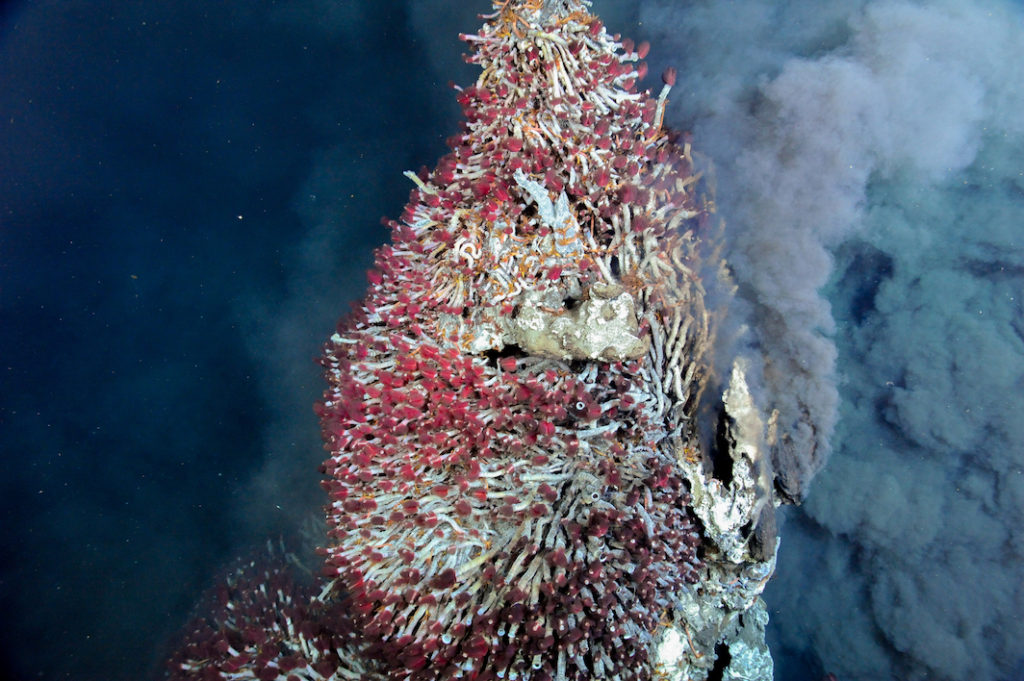CPAWS-BC Celebrates Tang.ɢwan — ḥačxʷiqak — Tsig̱is Marine Protected Area Announcement at IMPAC5
February 07, 2023
CPAWS-BC Celebrates Tang.ɢwan — ḥačxʷiqak — Tsig̱is Marine Protected Area Announcement at IMPAC5
Xʷməθkʷəy̓əm (Musqueam), Sḵwx̱wú7mesh (Squamish) and səlilwətaɬ (Tsleil-Waututh) Territories / Vancouver, BC – The Canadian Parks and Wilderness Society – British Columbia (CPAWS-BC) celebrates the memorandum of understanding (MOU) between the Haida Nation, Nuu-chah-nulth Tribal Council, Pacheedaht First Nation, Quatsino First Nation, and the Canadian government for the Tang.ɢwan — ḥačxʷiqak — Tsig̱is Marine Protected Area (MPA), announced today at the 5th International Marine Protected Area Congress.
“The signing of this MOU is an important step toward protecting this region, which is spiritually and culturally significant for the partner Indigenous Nations,“ said Kate MacMillan, Ocean Conservation Manager. “This agreement could be used as a template for future MOUs that partner First Nations and the federal government for conservation.”
The Tang.ɢwan — ḥačxʷiqak — Tsig̱is MPA will cover 133,000 square kilometres, an area four times the size of Vancouver Island. The Endeavour Hydrothermal Vents MPA, now contained within Tang.ɢwan — ḥačxʷiqak — Tsig̱is was originally protected in 2003. This marked the first time Canada used the Oceans Act for MPA designation purposes. Now, twenty years later, more of this deepsea oasis that includes more hydrothermal vents and towering seamounts will be protected.
“These underexplored ecosystems, three kilometres beneath the ocean surface, are likely home to marine life found nowhere else in the world,” says MacMillan.
Since 2017, a large portion of the Tang.ɢwan — ḥačxʷiqak — Tsig̱is MPA footprint was closed to fishing and contributed to Canada’s 30 percent ocean protection target as an Other Effective Conservation Measure (OECM).
Once this MPA is legislated, Canada’s strict minimum protection standards will be applied, meaning bottom-trawling, dumping, oil and gas activities, and deep-sea mining will be prohibited. This will lead to stronger protection for this unique, deep-sea ecosystem.
”When the assessment tool MPA Guide was applied to the five existing Ocean Act MPAs, more than 60 percent of BC’s marine protected area waters are not effective at protecting biodiversity. We need these minimum standards applied to all new and existing MPAs to safeguard biodiversity and fight climate change.” says MacMillan.
CPAWS-BC and other conservation organizations have supported this work over the past few years. We congratulate the four First Nations for their leadership throughout this process, as well as the federal government, all stakeholders, and communities. CPAWS-BC looks forward to continuing to support the establishment to protect this important part of the ocean with a collaborative management structure.
Public consultation on the draft regulations, published in Canada Gazette 1, will begin on February 18, 2023, and extend for 30 days.
Kate MacMillan
Ocean Conservation Manager, CPAWS-BC
Inquiries:
Skye Vallance – Communications Manager (Acting), CPAWS-BC
skye@cpawsbc.org
604-685-7445 x 22
Resources:
Government of Canada and coastal First Nations announce progress to protect a large ecologically unique ocean area off the Pacific West Coast. Nuu-chah-nulth Tribal Council, Council of the Haida Nation, Pacheedaht First Nations, Quatsino First Nation, with Fisheries and Oceans Canada. Feb 07. 2023. News release. https://nuuchahnulth.org/sites/default/files/news/NR__ThT_IMPAC5.pdf
Backgrounder: Tang.ɢwan – ḥačxʷiqak – Tsig̱is Marine Protected Area. Fisheries and Oceans Canada. Feb 07, 2023. Retrieved from: https://www.canada.ca/en/fisheries-oceans/news/2023/02/tangwan–hacxwiqak–tsigis-marine-protected-area.html
Learn more about the Deepsea Oasis at www.DeepseaOasis.com

